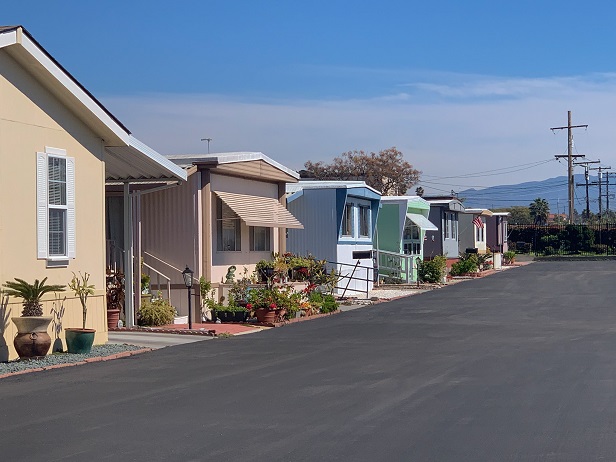Chicago, IL—An estimated 4.2 million manufactured home sites are in the U.S. with approximately 32% of new manufactured homes placed in communities.
"More than 22 million people in the US live in manufactured homes as these homes are the least expensive kind of housing available without a government subsidy," says Charles Krawitz, Vice President of Commercial Lending, Alliant Credit Union. "Manufactured homes make up 10% of annual new home starts and about 76% of new manufactured homes are titled as personal property."
Affordability, ease of downpayment and several lifestyle aspects are the some of the reasons why residents are attracted to manufactured housing communities or mobile housing parks. Cost-wise, the average cost per square foot of a traditionally built home is $111 while average cost per square foot for a manufactured home is $50.
90% of people are also satisfied with their manufactured home. 71% percent of residents say affordability is the key driver for choosing manufactured housing. About 62% of mobile and manufactured home residents anticipate living in their home for another 10 years, and 38% don't ever anticipate selling their home.
"Manufactured housing appeals to the 55+ population as a lot of the communities have amenities such as a clubhouse, shuffle board plus other interactive games, a pool, fishing and row boating. The younger people relish paying $70,000 for a nice product plus land rent (if applicable)," says Krawitz.
Manufactured housing is also appealing for landlords due to their stickiness factor.
"Once a tenant commits to a mobile home, they typically stay put for a long time," says Krawitz. "When it comes to purchasing, there is a pride of ownership aspect for young people instead of them renting an apartment."
As a lot of municipalities frown on manufactured home communities, Krawitz doesn't see an upsurge in demand. The supply isn't going to increase in any meaningful way, Krawitz tells GlobeSt.com.
"Some families are selling off their properties to large firms who will increase rents which may displace some of these tenants," says Krawitz.
Furthermore, because a lot of these mobile home neighborhoods are not considered a favorable use of land, they are sometimes pushed to the outskirts of communities. A lot of these properties are also old and need significant capital investments.
"These properties are typically viewed as cash cows until they encounter aging infrastructures. They can only last so long," says Krawitz.
Finally, housing standards have changed and some manufactured housing communities can only accommodate single-wide homes. So if newer-built parks are configured to handle double-wide homes, it can be a significant deficit.
"I've been lending on manufactured housing products for decades, I have always had success. You just have to be engaged and astute," says Krawitz. "The market nor the product is going away anytime soon but I do not foresee a significant upsurge in the sector."
© Touchpoint Markets, All Rights Reserved. Request academic re-use from www.copyright.com. All other uses, submit a request to [email protected]. For more inforrmation visit Asset & Logo Licensing.







